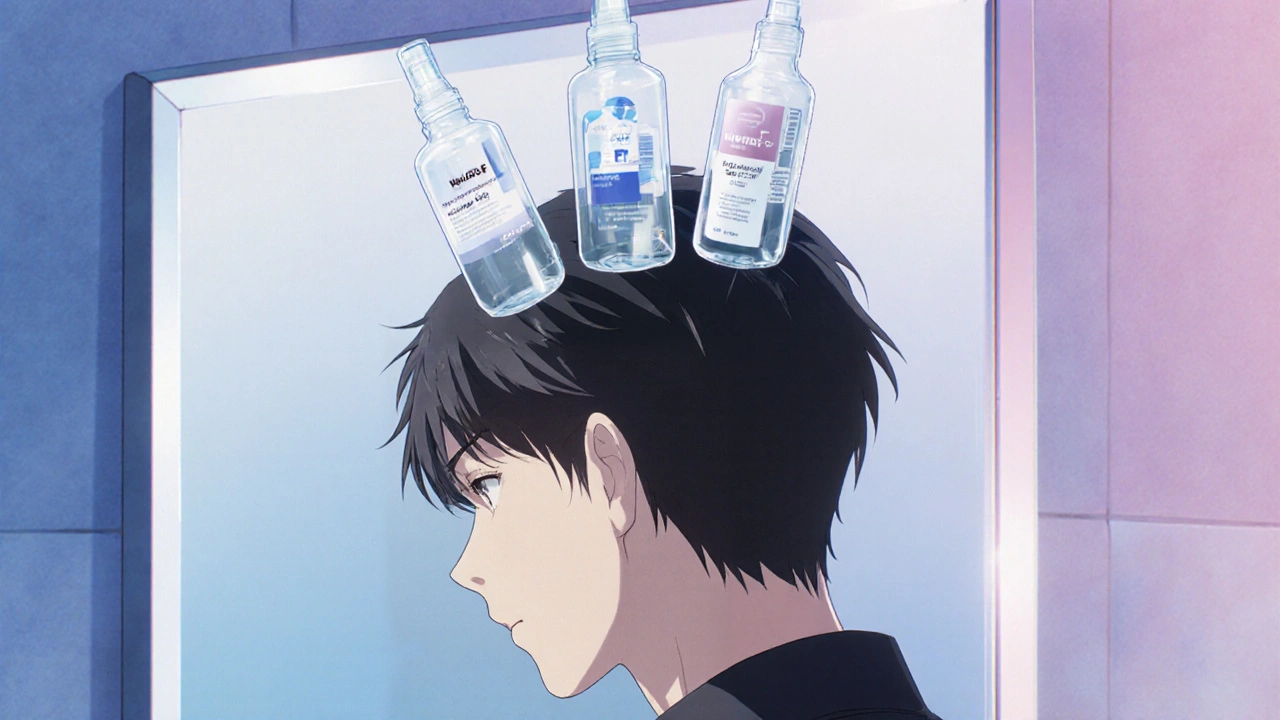Hair Loss Alternatives
When working with hair loss alternatives, methods that aim to slow, stop, or reverse thinning hair without surgery. Also known as alternative hair regrowth options, they give you choices beyond the usual prescription routes.
One of the most common medical options is Minoxidil, a topical solution that widens blood vessels and prolongs the growth phase of hair follicles. It works for both men and women and is available over the counter, making it an easy first step. Another prescription favorite is Finasteride, an oral 5‑alpha‑reductase inhibitor that reduces hormone‑driven follicle shrinkage. While effective, it requires a doctor's review because of potential side effects. For those looking for a clinic‑based approach, Platelet‑rich plasma (PRP) therapy, injects concentrated growth factors from your own blood into the scalp to stimulate follicle activity has gained traction as a minimally invasive option.
Natural and Lifestyle‑Based Alternatives
Beyond pharma, many turn to nutritional support. Biotin and other hair‑friendly supplements, provide the vitamins and minerals needed for keratin production and can complement other treatments. Herbal extracts like saw‑palmetto, pumpkin seed oil, and green tea polyphenols are also popular because they may curb DHT formation naturally. Scalp massage, low‑level laser devices, and proper hair‑care routines create a healthier environment for follicles to thrive. All these alternatives share a common goal: to give your scalp the resources it needs to grow stronger hair.
Each option has its own set of benefits, risks, and cost considerations. Understanding how they connect—whether they target hormone pathways, improve blood flow, or supply essential nutrients—helps you build a personalized plan. Below you’ll find a curated collection of articles that break down these alternatives, compare effectiveness, and offer practical tips for choosing the right route for your hair goals.

